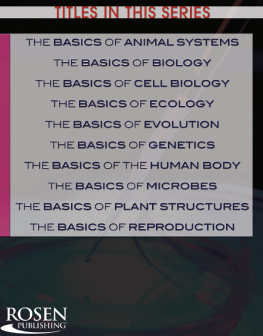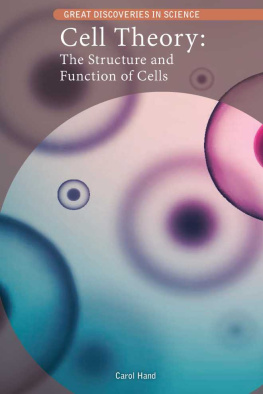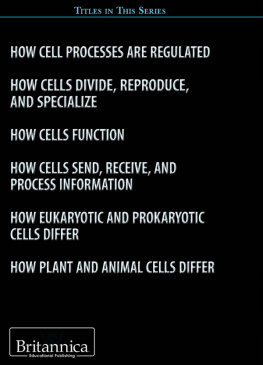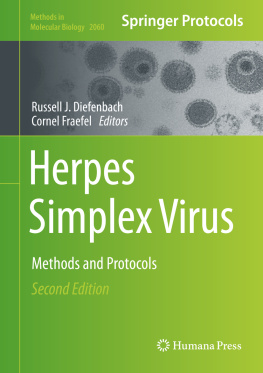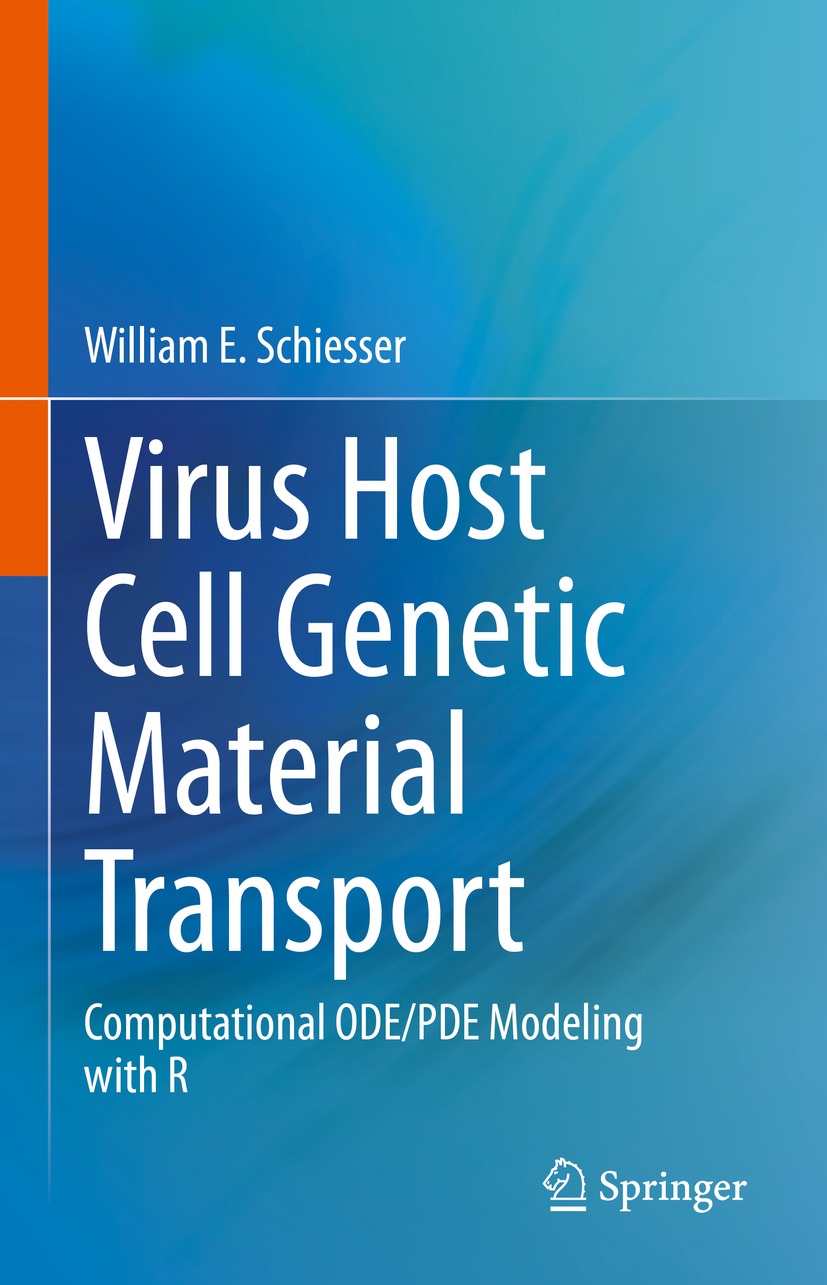William E. Schiesser - Virus Host Cell Genetic Material Transport: Computational ODE/PDE Modeling with R
Here you can read online William E. Schiesser - Virus Host Cell Genetic Material Transport: Computational ODE/PDE Modeling with R full text of the book (entire story) in english for free. Download pdf and epub, get meaning, cover and reviews about this ebook. year: 2022, publisher: Springer, genre: Home and family. Description of the work, (preface) as well as reviews are available. Best literature library LitArk.com created for fans of good reading and offers a wide selection of genres:
Romance novel
Science fiction
Adventure
Detective
Science
History
Home and family
Prose
Art
Politics
Computer
Non-fiction
Religion
Business
Children
Humor
Choose a favorite category and find really read worthwhile books. Enjoy immersion in the world of imagination, feel the emotions of the characters or learn something new for yourself, make an fascinating discovery.
- Book:Virus Host Cell Genetic Material Transport: Computational ODE/PDE Modeling with R
- Author:
- Publisher:Springer
- Genre:
- Year:2022
- Rating:4 / 5
- Favourites:Add to favourites
- Your mark:
Virus Host Cell Genetic Material Transport: Computational ODE/PDE Modeling with R: summary, description and annotation
We offer to read an annotation, description, summary or preface (depends on what the author of the book "Virus Host Cell Genetic Material Transport: Computational ODE/PDE Modeling with R" wrote himself). If you haven't found the necessary information about the book — write in the comments, we will try to find it.
The reproduction and spread of a virus during an epidemic proceeds when the virus attaches to a host cell and viral genetic material (VGM) (protein, DNA, RNA) enters the cell, then replicates, and perhaps mutates, in the cell. The movement of the VGM across the host cell outer membrane and within the host cell is a spatiotemporal dynamic process that is modeled in this book as a system of ordinary and partial dierential equations (ODE/PDEs).
The movement of the virus proteins through the cell membrane is modeled as a diffusion process expressed by the diusion PDE (Ficks second law). Within the cell, the time variation of the VGM is modeled as ODEs. The evolution of the dependent variables is computed by the numerical integration of the ODE/PDEs starting from zero initial conditions (ICs). The departure of the dependent variables from zero is in response to the virus protein concentration at the outer membrane surface (the point at which the virus binds to the host cell).
The numerical integration of the ODE/PDEs is performed with routines coded (programmed) in R, a quality, open-source scientic computing system that is readily available from the Internet. Formal mathematics is minimized, e.g., no theorems and proofs. Rather, the presentation is through detailed examples that the reader/researcher/analyst can execute on modest computers. The ODE/PDE dependent variables are displayed graphically with basic R plotting utilities.
The R routines are available from a download link so that the example models can be executed without having to rst study numerical methods and computer coding. The routines can then be applied to variations and extensions of the ODE/PDE model, such as changes in the parameters and the form of the model equations.
William E. Schiesser: author's other books
Who wrote Virus Host Cell Genetic Material Transport: Computational ODE/PDE Modeling with R? Find out the surname, the name of the author of the book and a list of all author's works by series.



